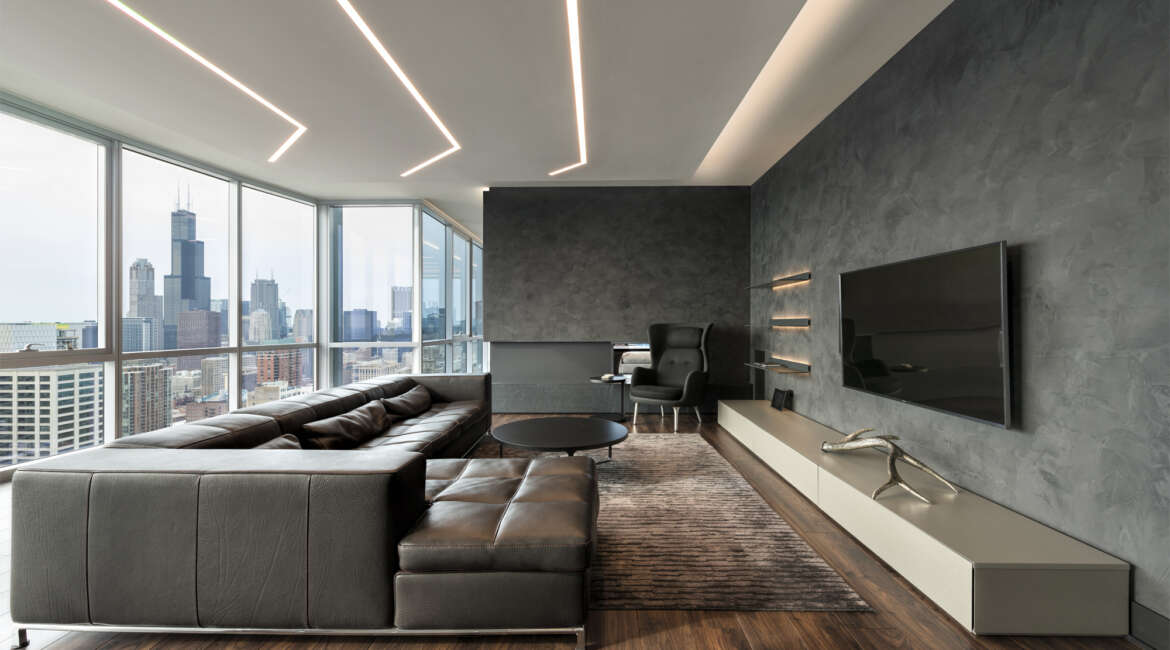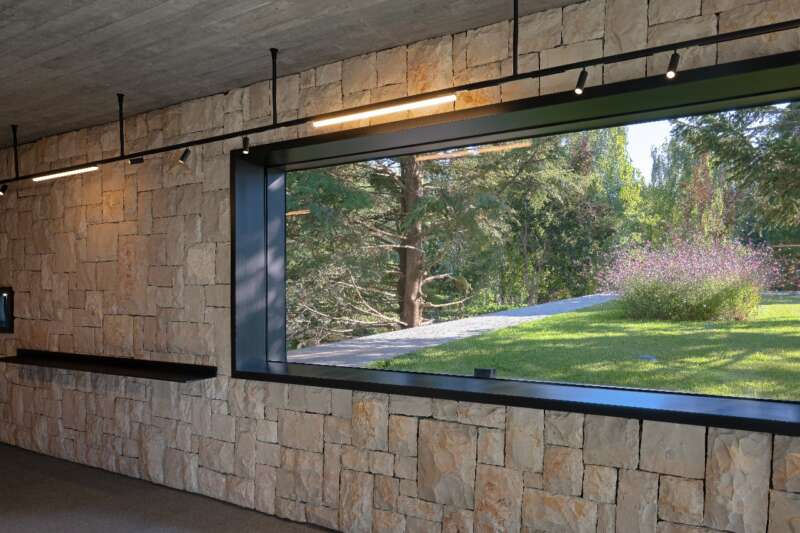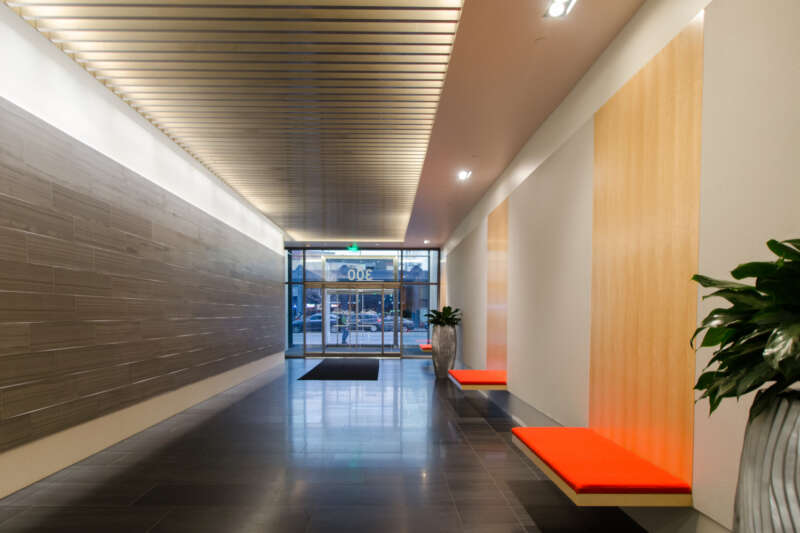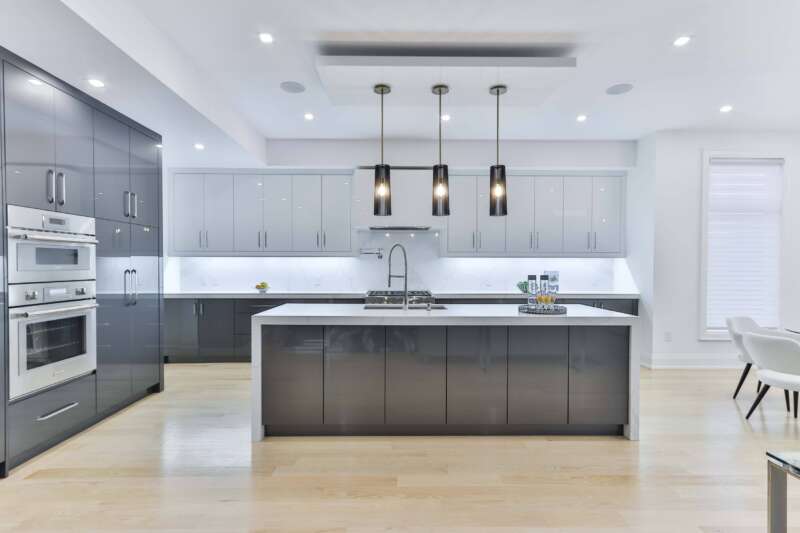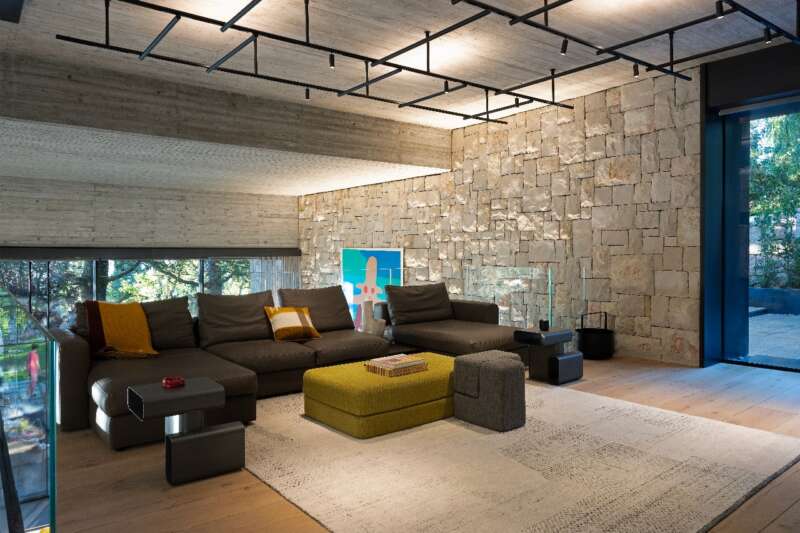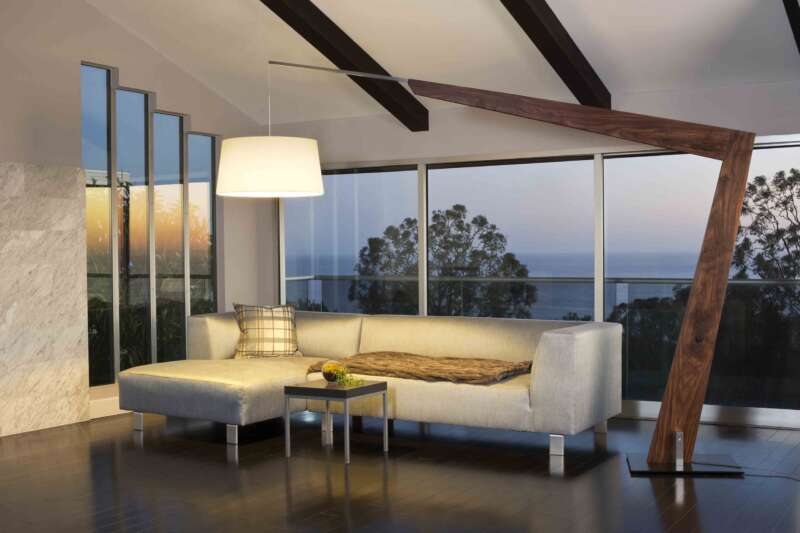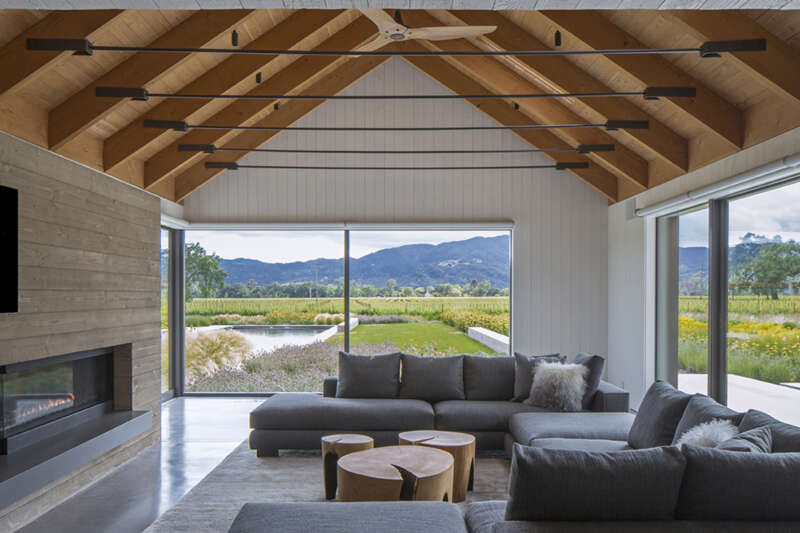Ceilings Designs
Ceilings serve very important functions in a home. They help create enclosure within rooms and separation between spaces. Ceilings also help to control the light and sound diffusion around a room and contribute to preventing the transmission of sound across different rooms.
Ceilings also serve a visual function, and an appealing ceiling design can add the final visual touch to make a room look well-finished and beautiful.
Which ceiling is good for the home?
Gypsum ceilings:
Gypsum panels or boards are available in pre-fabricated forms that are ready to install. They are usually fixed to a metal or timber frame that is meant to be attached to the ceiling slab. Experts advise opting for good quality, rust-proof metal frames to ensure long-term durability.
Due to their prefabricated form, gypsum ceilings offer a quick and clean installation with less dust and debris left over during the process. Gypsum boards are typically large, resulting in very few joints being formed during the installation process. Furthermore, these joints are finished with a jointing compound that bonds them well and dries very quickly.
Gypsum ceilings are easy to paint and generally work well because they come in a smooth factory finish. This also means that they have consistent quality across the board, which is a result of being manufactured with precise standards in factory conditions.
Some of the drawbacks of using gypsum ceilings include the need to take down the entire ceiling during repairs, joints of individual boards showing signs of cracks after long periods, and moisture leakage from leaking roofs and air conditioning drain pipes, which may cause warping or result in fungal growth.
Plaster of Paris (POP) ceilings:
POP is sold in powdered form, which is mixed on-site to create ceilings. The mixture is applied to a metal mesh that offers structural strength, and this combination is attached to a metal frame system.
POP can be customized into different shapes in its hydrated form, which is molded before drying, after which it hardens to retain the desired shape. Plaster of Paris is a highly durable material and does not show cracks easily. It also offers greater flexibility and customization options since it can be molded and set in different elaborate shapes. This makes POP ideal for designing cornices and creating etched visual effects.
When mixed with water, POP forms a mixture that is easy to spread and level on a surface. It also has good adhesion attributes that create a smooth surface onto which paint colors can settle. Plaster of Paris is a cost-friendly alternative for a ceiling material compared to gypsum boards.
However, the mixing of POP on-site is messy and requires a lot of cleaning after installation. Also, a lot of material can be wasted during the application, and there is a need for adequate drying time, making the installation process quite complex.
The process of mixing POP requires close adherence to specific proportions of water and the powder. If mixed with incorrect proportions, it can shrink or crack. Therefore, ensure you have skilled workers to mix and prepare the POP mixture when using the material for your ceiling.
PVC ceilings:
Polyvinyl chloride (PVC) is a strong and lightweight plastic material that can be factory-manufactured into ceiling panels of various colors, designs, sizes, and lengths. PVC panels have a hollow core and a smooth, shiny surface that is waterproof.
As a result, PVC works as an ideal substitute for mineral fiber ceilings like gypsum and Plaster of Paris (POP). It is also well-suited for moisture-laden areas like bathrooms, balconies, and basements.
PVC ceilings are quite durable and can last for many years without bending or warping. Also, unlike POP and gypsum, PVC ceiling panels are less brittle and thus less likely to get damaged during handling and installation. PVC ceilings are also more affordable compared to other materials and can easily be cut and trimmed down without difficulty, making installation easy and dust-free.
However, PVC panels are not resistant to high temperatures and may get damaged when subjected to intense heat for long periods. Furthermore, PVC may release some toxic chlorine gas over long periods since chlorine is used in the manufacturing process of this type of material.
Wood ceilings:
Wood is a timeless design feature that brings the aesthetic of natural material indoors. It is a durable ceiling material that can embody ornate craftsmanship while providing the opportunity to use exciting and innovative techniques.
You can pick a wood ceiling idea that fits your style. Sleek paneled designs are quite common and have been used for years to create a welcoming link to the outdoor world in your home. Experts recommend using Western Red Cedar and Hemlock because of their impressive visual and durable qualities.
Wood has natural pockets of air in its grain, making it a good insulator for both heat and sound. It also requires little to no maintenance, requiring occasional retreating after years and little else. Wood also has the effect of lighting a room and creating a relaxed and soft ambiance.
However, wood is susceptible to water damage, which can warp, crack, and rot the material. Wood can also be damaged by pests and fire, thus requiring treatment with protective agents before installation.
Other materials commonly used for ceiling designs include metal boards and stained-glass ceilings.


